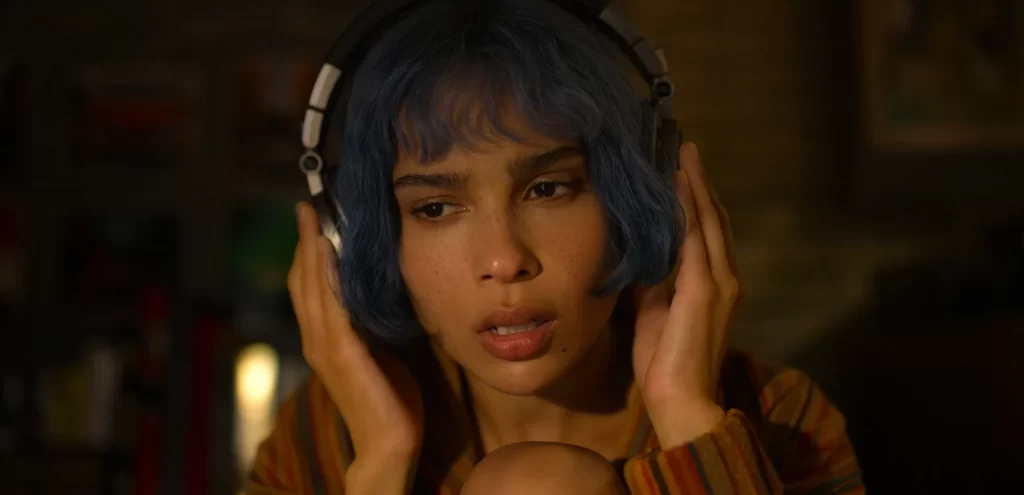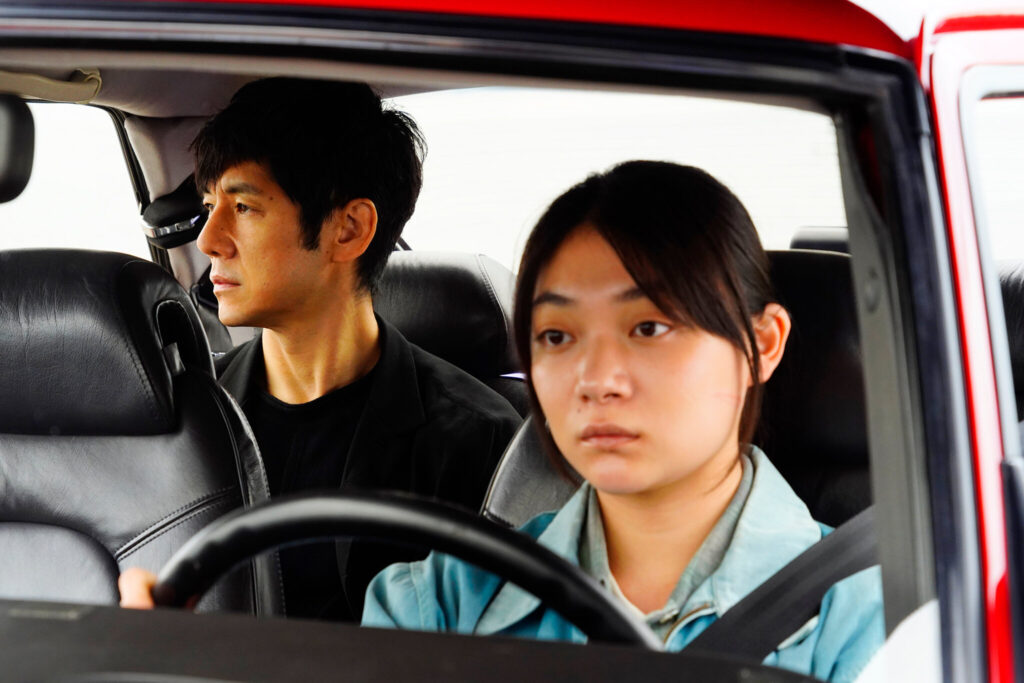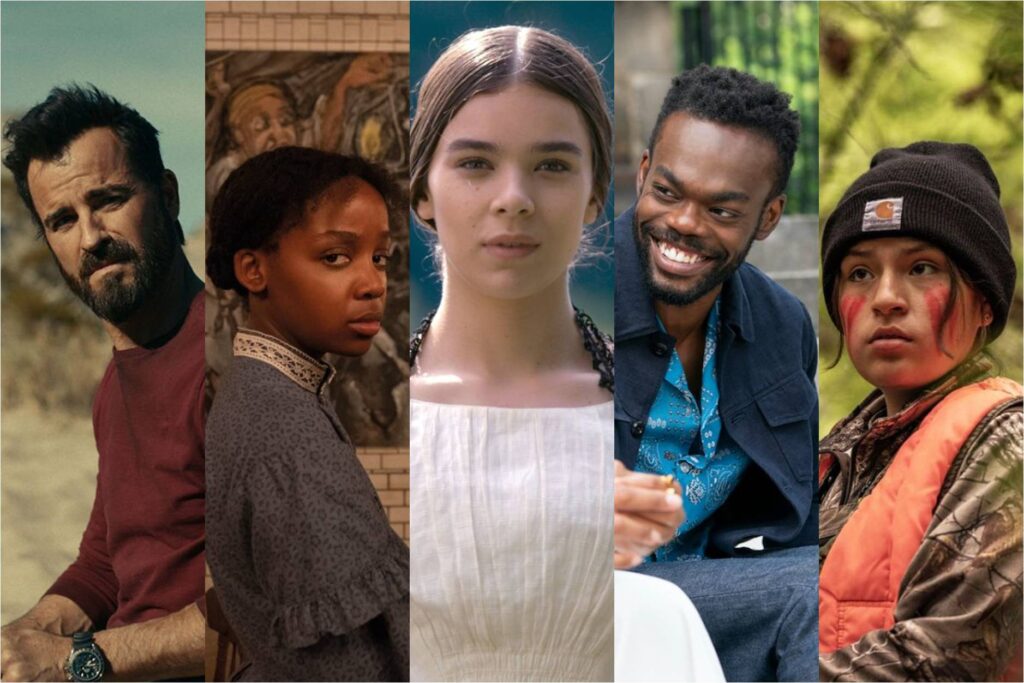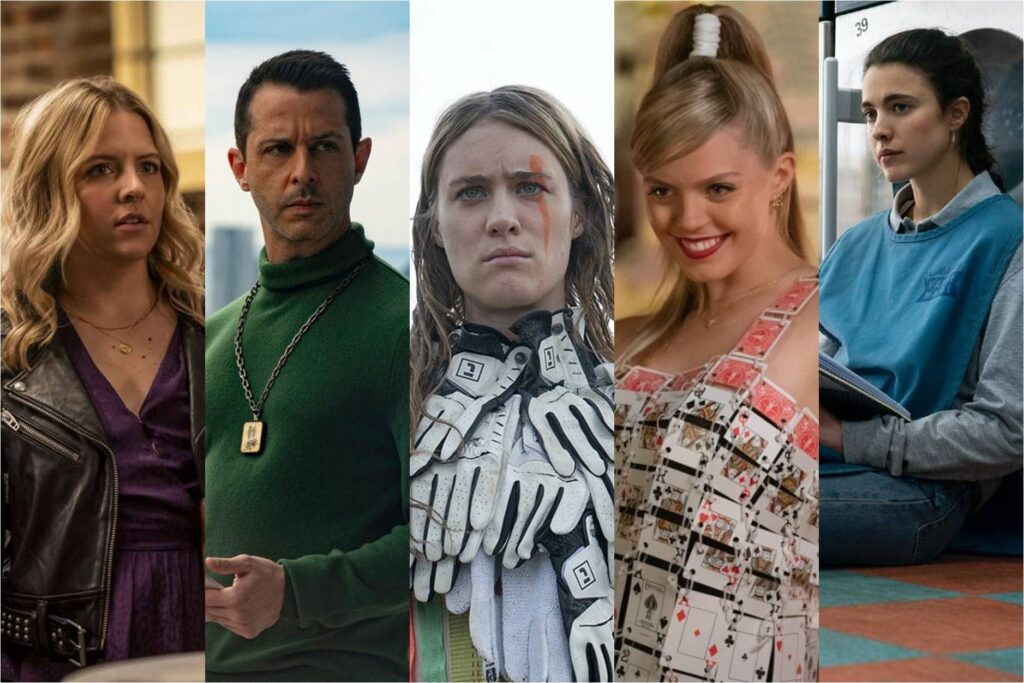KIMI: Uneasy Listening

Steven Soderbergh routinely turns his camera into a bullhorn, using the crispness of his images (which he photographs himself, under the pseudonym Peter Andrews) to voice his displeasure with the ugliness of modern society. His latest picture, KIMI, gestures toward any number of topical themes: the physical and emotional aftershocks of the COVID-19 pandemic, the dystopian possibilities of the encroaching surveillance state, the venality and brutality of the corporate aristocracy. Yet despite glimpses of social-justice protests and hints of conspiratorial malfeasance, KIMI isn’t really a message movie. It is instead a lean and efficient thriller: 89 precisely calibrated minutes of setup, tension, and payoff.
The economy is often one of Soderbergh’s narrative preoccupations, but drop the article, and it becomes one of his artistic strengths. It’s a gift shared by KIMI’s hero, Angela (Zoë Kravitz), an adept computer programmer who spends her work-from-home days scrolling through audio streams and slicing her way through lines of code. In essence, she’s an interpreter for KIMI, the Echo-like smart device that Angela is paid to make even smarter, updating its software to recognize that “peckerwood” is an insult and “ME!” is a Taylor Swift song. Sleek and tastefully designed, KIMI is shaped like an eggshell-white cone, and she’s all ears; whenever you say her name, her base glows neon-pink and she cheerfully announces, “I’m here.” (Her soothing voice, supplied by Betsy Brantley, is virtually indistinguishable from Siri or Alexa.) Her purpose is service, and her persistent monitoring of her environment—she is, quite simply, always listening—is merely a method of continually enhancing her performance. Surely there are no downsides to this sort of thing. Read More




